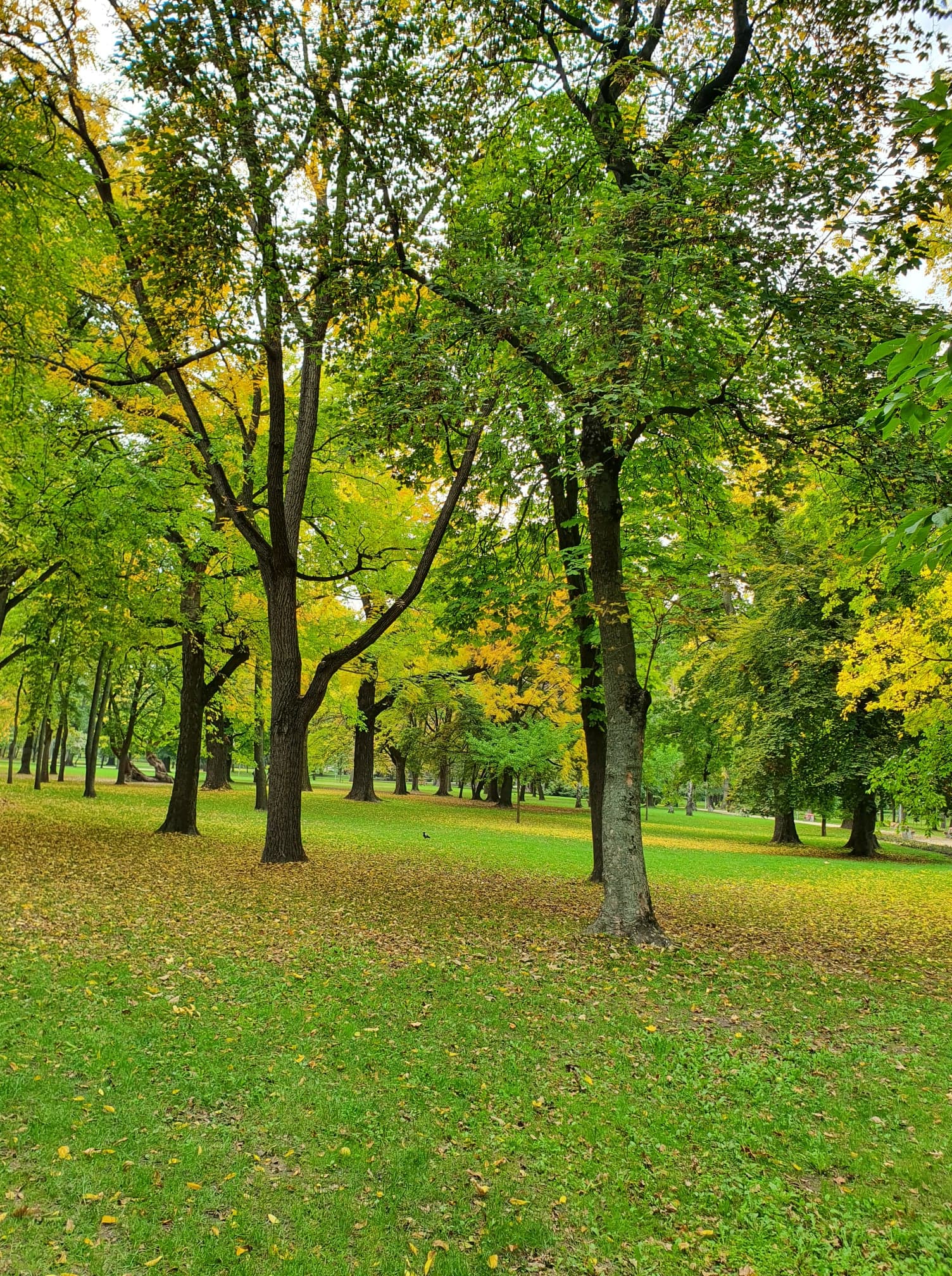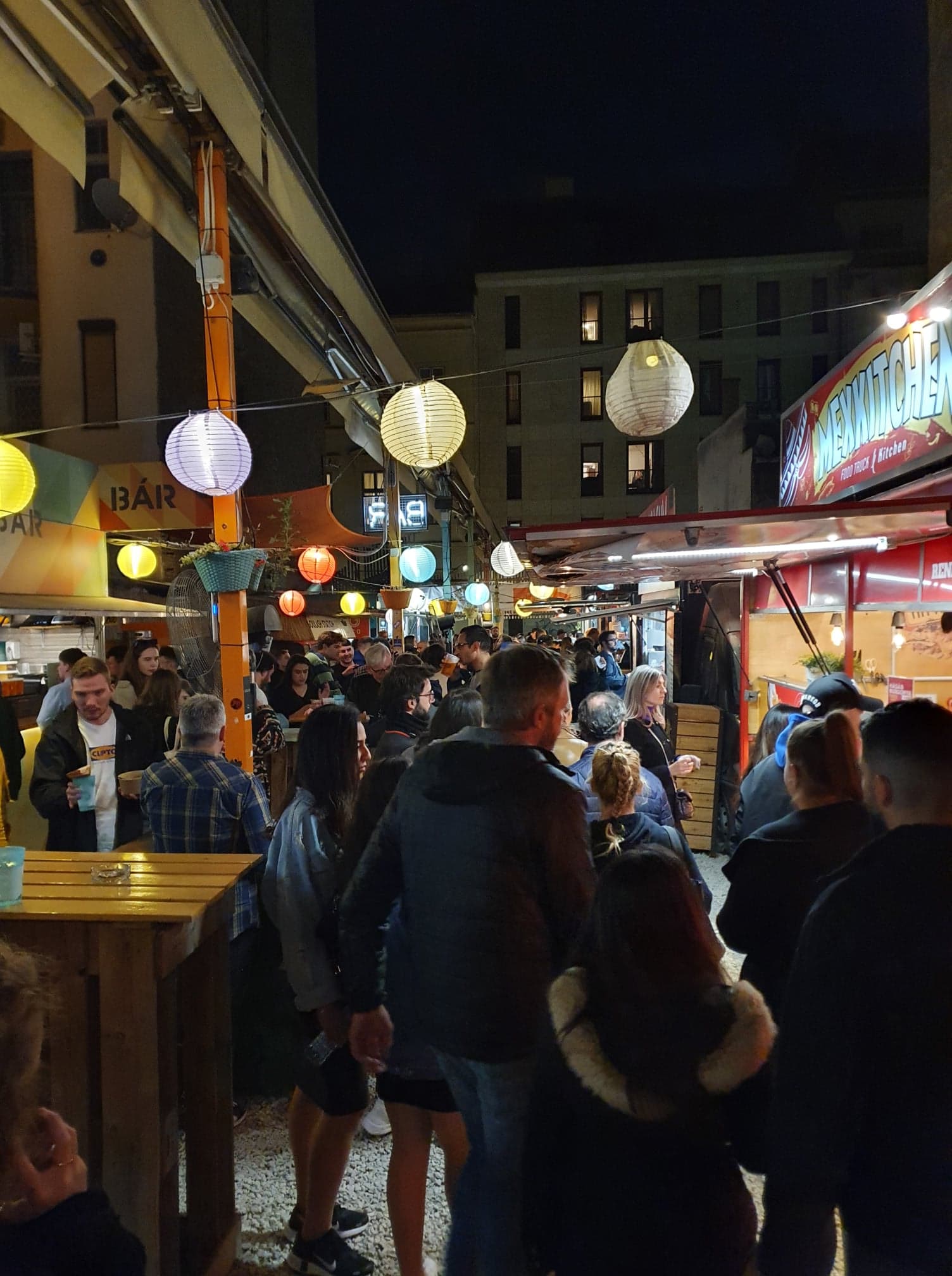
Even if the comparison seems forced to many, there are good things about Budapest that can also be successfully imported to Bucharest. Here are seven of them that relate to the quality of life in a big city.
Many artists who came to Bucharest, including Bruce Dickinson, Michael Jackson or Ozzy Osbourne, addressed the public with the greeting “Hello, Budapest!”. However, there is almost no connection between the two capitals.
And I mean, first of all, city life, and more precisely what makes the capital more hospitable both for its own residents and for guests.
Of course, the potential also exists in Bucharest, but not with the mayors, who, in general, never used the large budgets at their disposal to raise the city, but only to put curbs and pansies, to make blocks or to raise blocks above spaces with green plantings.
However, Hungarians now also have problems with the political class and with the “dictator” Orbán, these days there are protests in Budapest. If we abstract from this, the capital of Hungary grew and developed in the right direction from year to year. Next, I made a list of things that I liked in Budapest and that I would like to see in Bucharest at some point.
Public transport in Budapest: efficient, predictable, clean, easy to use

Budapest, the seat of the Parliament. PHOTO: HotNews.ro/ Gruya Dragomir
In strictly numerical terms, the two cities seem close: Bucharest has 2 million inhabitants, 240 square kilometers and 1,300 buses, 500 trams and 265 trolleybuses, as well as 76 km of metro. Budapest has 1.8 million inhabitants, 525 square kilometers, 1,200 buses, 600 trams, 170 trolleybuses and 40 kilometers of metro, as recently revealed by Panorama.ro.
However, on site you will find that public transport in Budapest is years away from public transport in Bucharest. That is, it is efficient, predictable, clean and easy to use.
From the center of Buda to the other side of the Danube, in Pest, you will not take more than 15 minutes by tram. What I liked (and would like to see in Bucharest as well) is the emphasis on trams and making this public ground transport more popular than the bus as it is now in Bucharest.
Also, the yellow tram is a real symbol of Budapest, we wouldn’t mind having this uniformity, but this attention to detail is already fashionable for a chaotic city like Bucharest.
The parking lot turned into an instrument of torture
It is hard to believe that Budapest’s public transport would be as efficient as it is without a strategy that discourages the use of private cars in the city. There are no free parking spaces in Budapest (depending on the area, one hour costs from 175 to 600 forints, that is from 2 lei to 7.50 lei), and in public parking lots you are not allowed to leave your car for more than three hours. hours
Fines are not expected at all, on a walk through the streets here you will see many cars with a pink bag on the windshield, and in some cases the wheels are blocked (as far as I understand, this is a practice that is used more in the case of tourists’ cars, so that they do not leave the city without paying a fine ).
Of course, there are private parking lots in the city, made even in historical buildings, because this is a profitable business, considering that tourists who come by car are forced to park it for the entire time of their stay, which is necessarily more than three years. hours
To leave the car for 24 hours in such a parking lot, you will have to take out of your pocket 14,400 forints, that is, 170 lei. Would it have been a popular measure when it was adopted? Of course not, but the city has changed noticeably as a result.
Fewer scooters, more bicycles
Having gotten used to Bucharest, even on vacation, I had the instinct to look behind me frequently when walking down the sidewalks of Budapest to avoid being run over by an electric scooter. But in the Hungarian capital, electric scooters are not as popular as they are here, mostly because there is a real cycling culture here.
From what I understand from local residents, it was not always like this, and this transformation began ten years ago. Currently, there are more than 200 km of bike paths connecting all areas of the city, and part of the public transport system is also MOL Bubi, an app-based bike rental service that has installed more than 173 bike stations around the city.
Traveling around the city on a Bubi bicycle has become a must-do for tourists who come here. Electric scooters are also prohibited in the 5th district of Budapest, where the Parliament building is also located.
You won’t even see e-scooters rented through apps, abandoned in the middle of the road or blocked on sidewalks, because in Budapest you are fined for such things. Meanwhile, Bucharest seems to have reached the Wild East of electric scooters.
Increased interest in green areas and parks

Park in Budapest. PHOTO: HotNews.ro/ Gruya Dragomir
While Bucharest is the European city with the least amount of green space per inhabitant and loses other parks and green spaces to the assembly line, in Budapest I discovered wonderful parks and green spaces that are carefully cared for by specialists, not by hearsay. mayors who discovered the lavender bush in 2022.
An example of this is the beautiful city park or Margit Island, which in itself attracts both tourists and locals. On the boulevards, I didn’t see any trees that had gone through a dramatic pruning that would have left them without a large part of their branches, as has unfortunately been practiced for many years in Bucharest.
Also, since I was in autumn in these parks, I did not see anywhere that dry leaves were collected from green areas or from park alleys, as is practiced in some parks in Bucharest (eg IOR).
Also, at City Park, the children’s playgrounds are on a whole other level, designed with ingenuity and creativity, without too much colored plastic. The terraces here are also separate interventions and pleasantly integrated into the landscape, unlike the parks of Bucharest, which are 90% tree terraces, noisy, shrill and kitsch.
Pedestrian zones

Pedestrian zone of Budapest. PHOTO: HotNews.ro/ Gruya Dragomir
Apart from the Old Center, which is in a rather bad state, Bucharest has no pedestrian zones or open public squares – where they are (Constitution Square, Revolution Square, Victory Square) they have been turned into parking lots.
It would be nice if the Constitution Square was at least rethought and replanned, so that tourists could admire the Parliament building from here, as it happens in Budapest, and not from the sidewalks or among the cars.
Budapest doesn’t have many pedestrianized streets (Váci Utca is the most famous), but there are many promenades with wide sidewalks and narrower streets where it feels like the authorities pay more attention to pedestrians than cars.
Going to the city is many times cheaper than in Bucharest

Nightlife in Budapest. PHOTO: HotNews.ro/ Gruya Dragomir
Until now, Bucharest seemed to be the European city with the lowest prices for walking, but in the meantime everything has changed. Many times it happened that in Budapest I paid less for a draft beer on the terrace than in Bucharest, 700-800 forints (8-9 lei).
The same with the restaurant bill – a meal for two on Vatsi Street, including drinks and tip, costs about 10,000 forints, i.e. 120 lei.
Over the last year, walking in Bucharest has become extremely expensive, in some cases by more than 30%. There are reasons, of course, but you can’t help but wonder why Budapest has become cheaper to walk around than Bucharest.
A tolerant city, contrary to Viktor Orban’s policy
Despite the fact that Viktor Orbán is a bottomless sack of racist and homophobic statements and policies, Budapest appears to be a tolerant and cosmopolitan city. In many places I saw a rainbow flag at the entrance, and when the POS in the cafe refused to read my card under any circumstances, I was assured that it was not Orbán discrimination and my coffee was provided for free.
In the capital of Hungary, protests against Orbán continue, and they took place even in recent days. In 2020, the city hall even hung a rainbow flag over the entrance as a sign of solidarity with the LGBTQ+ community, which had never happened before.
I think it will be a few more years before we see such a gesture of tolerance and solidarity in Bucharest City Hall. During the raising of the LGBTQ+ flag, Gérgy Karaçon, who won the post of mayor of Budapest in 2019, said that the city belongs to everyone and that the local government works to make every city dweller and every community feel at home.
“We believe that Budapest should be a city of rights, not privileges, where everyone can freely maintain their opinion, outlook and identity. A tolerant city is good for all communities, not only for those who are part of the LGBTQ+ community, but also for those who live their lives in a completely different way,” Karachon explained at the time.
However, less tolerant is the fact that the LGBTQ+ flag was quickly removed by members of the football galleries and the far-right Mişcarere Patria Noastra (Mi Hazánk Mozgalom) party.
- Read also: Why there are 5 times more foreign tourists in Budapest than in Bucharest
Source: Hot News RO
Robert is an experienced journalist who has been covering the automobile industry for over a decade. He has a deep understanding of the latest technologies and trends in the industry and is known for his thorough and in-depth reporting.